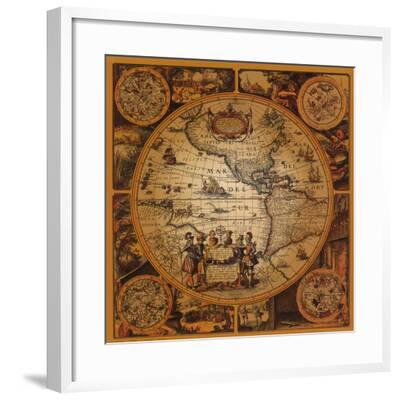

Though the discipline is new, the original form of remote sensing–aerial photography–dates from the nineteenth century, and techniques of airphoto interpretation have long been highly developed. Remote SensingĪ more recent discipline, dating from the 1960s, is remote sensing, the process of obtaining information about the earth’s surface using sensors carried in aircraft and satellites.

In modern photogrammetry, the movements of the tracing device, or ‘floating mark,’ are translated directly into digital form and the map is plotted automatically. The work is done by the operator of a photogrammetric plotter, a complex piece of machinery that enables one to trace landscape features from a three-dimensional ‘model’ of the earth’s surface created by viewing airphotos stereoscopically. Previously topographic maps (large-scale maps in sheet form showing natural and cultural features in the landscape) were produced by traditional ground surveying methods, and while ground surveys are still needed, most of the detail on these maps–the rivers, coastlines, roads, buildings, contours, and so on–is now derived from airphotos. An earlier technological change that revolutionized topographic surveying, photogrammetry emerged in the 1930s. Photogrammetry means literally measurement with light and has as its principal aim the production of topographic maps from aerial photographs. These latitude and longitude positions obtained from a GPS can be plotted on a chart or on a map. The standard piece of information provided by a GPS receiver is a readout of the calculated latitude and longitude of a given position. Today, a position on the earth’s surface can be determined within fractions of a centimeter. GPS is revolutionizing the practice of surveying at a very fast pace. It enables surveyors to determine ground locations very precisely at the click of a button on a hand-held receiver under any weather condition. Global Positioning Systems (GPS)Ī constellation of twenty-four satellites operated by the U.S. Surveying, like cartography, has undergone major changes in recent years, but none so dramatic as those being brought about by Global Positioning Systems (GPS). One branch of surveying–topographic surveying– has the production of maps as its express aim. The relation between surveying and cartography is very close indeed, and the end-product of the surveyor’s work is often a map of some sort. There are many branches of surveying, including engineering surveys (carried out in connection with construction projects), cadastral surveys (concerned with property boundaries), hydrographic surveys (depicting water bodies) and mine surveys (outlining what is underground). If geodesy is unfamiliar to most people, surveying is quite the opposite, for almost everyone has seen the surveyor at work on city streets with transit, level or distance meter.

Geodesy plays a fundamental role in cartography, for in order to map the earth, it is obviously necessary to know how big and what shape it is and to have reference points of known locations on its surface. At one time, such work was entirely ground-based, but satellite observations are now routine. This is achieved in two ways, by studying the earth’s gravitational field and by conducting very high-accuracy surveying operations. Geodesy is a very specialized science concerned with determining the shape and size (the ‘figure’) of the earth–not the solid earth, but the geoid, the surface defined by mean sea level–and establishing a framework of points whose locations are known very precisely in terms of latitude and longitude. A working acquaintance with these fields is an essential part of the education of the modern cartographer. These are all separate, though somewhat overlapping, disciplines, and they share an intimate relationship with cartography indeed some have their own cartographic components. In recent years, multimedia and virtual reality became part of the cartographic experience. The cartographic sciences are geodesy, surveying, photogrammetry, remote sensing, geographic information systems (GIS), global positioning systems (GPS) and, of course, mathematics and statistics.


 0 kommentar(er)
0 kommentar(er)
